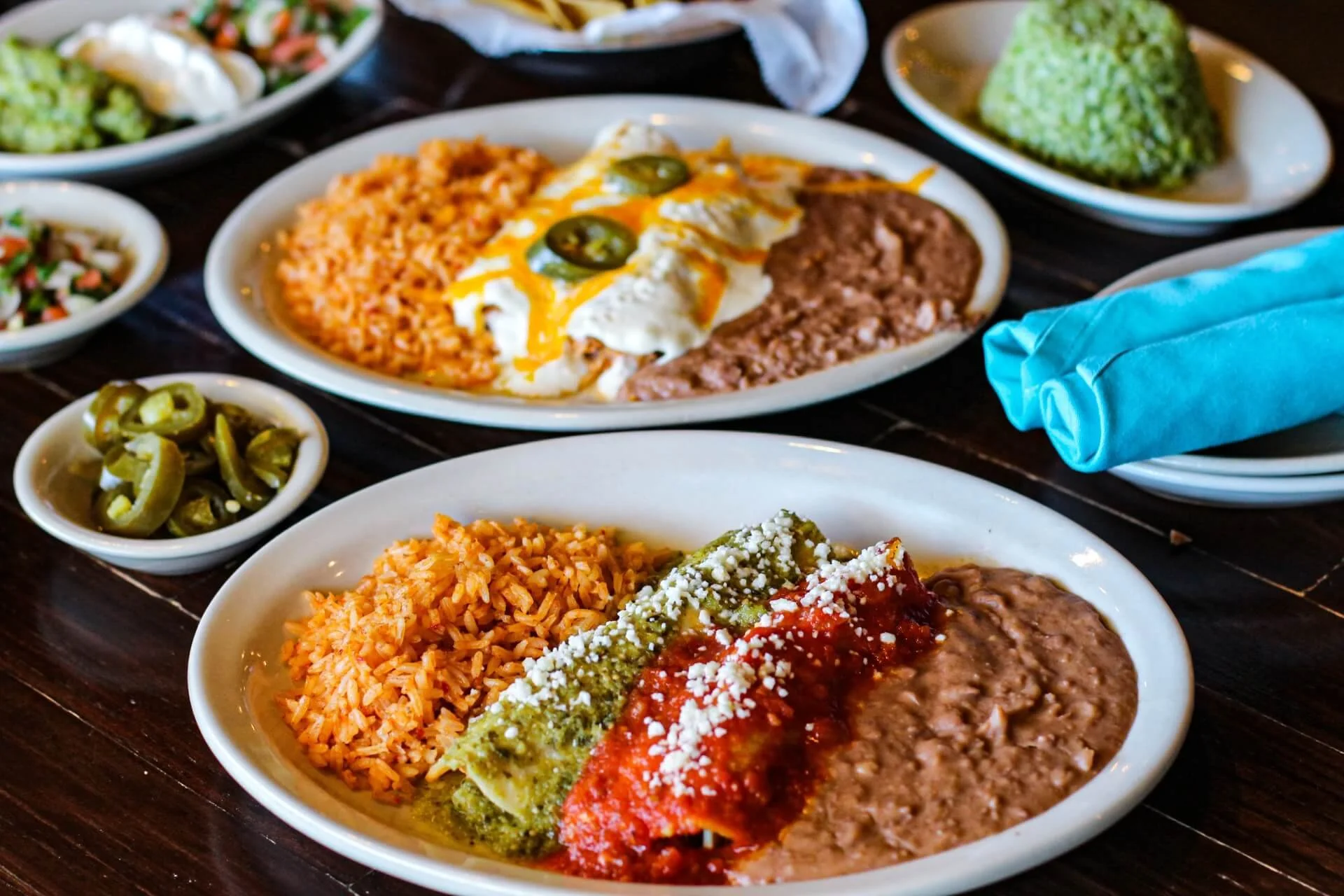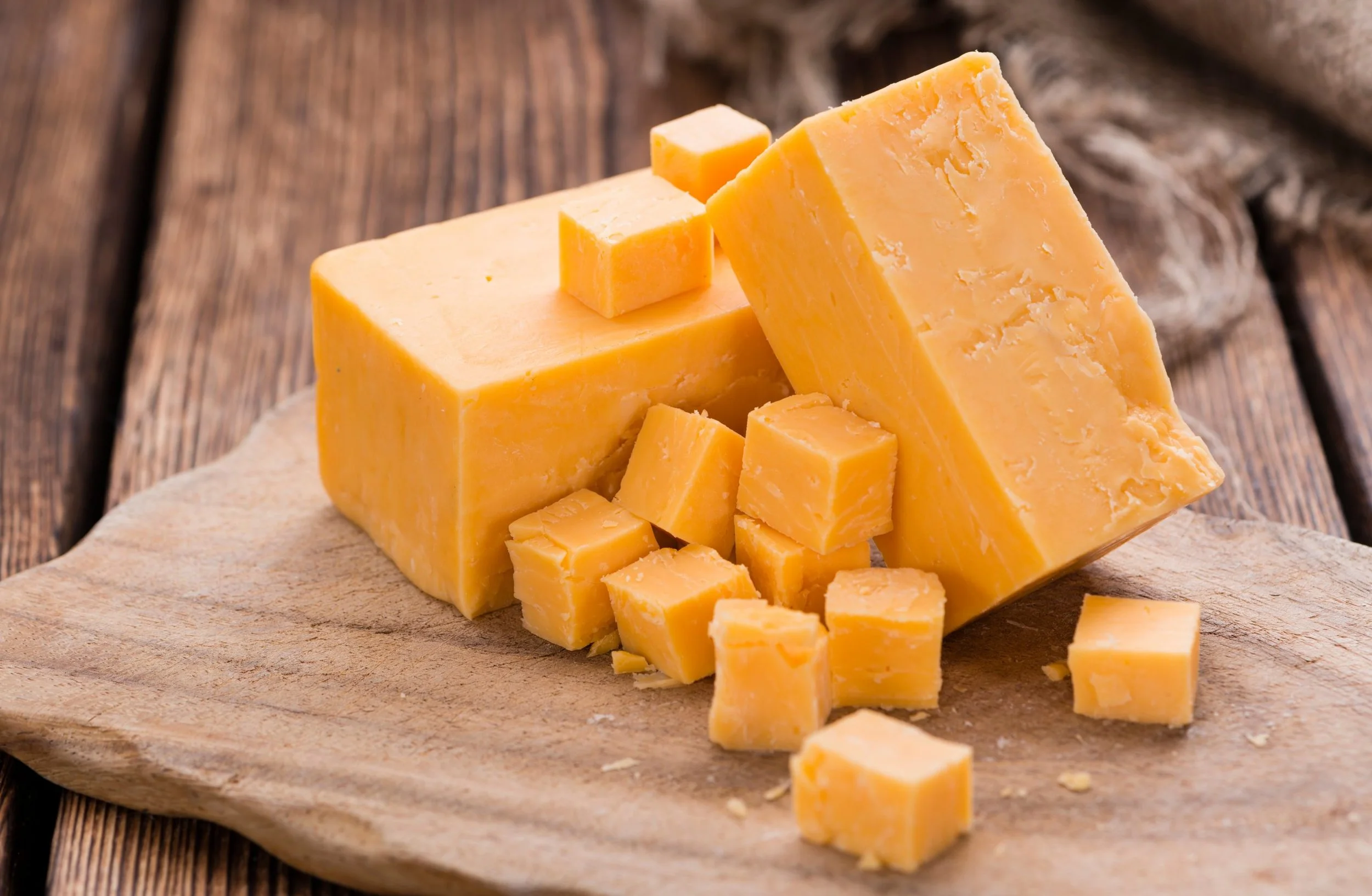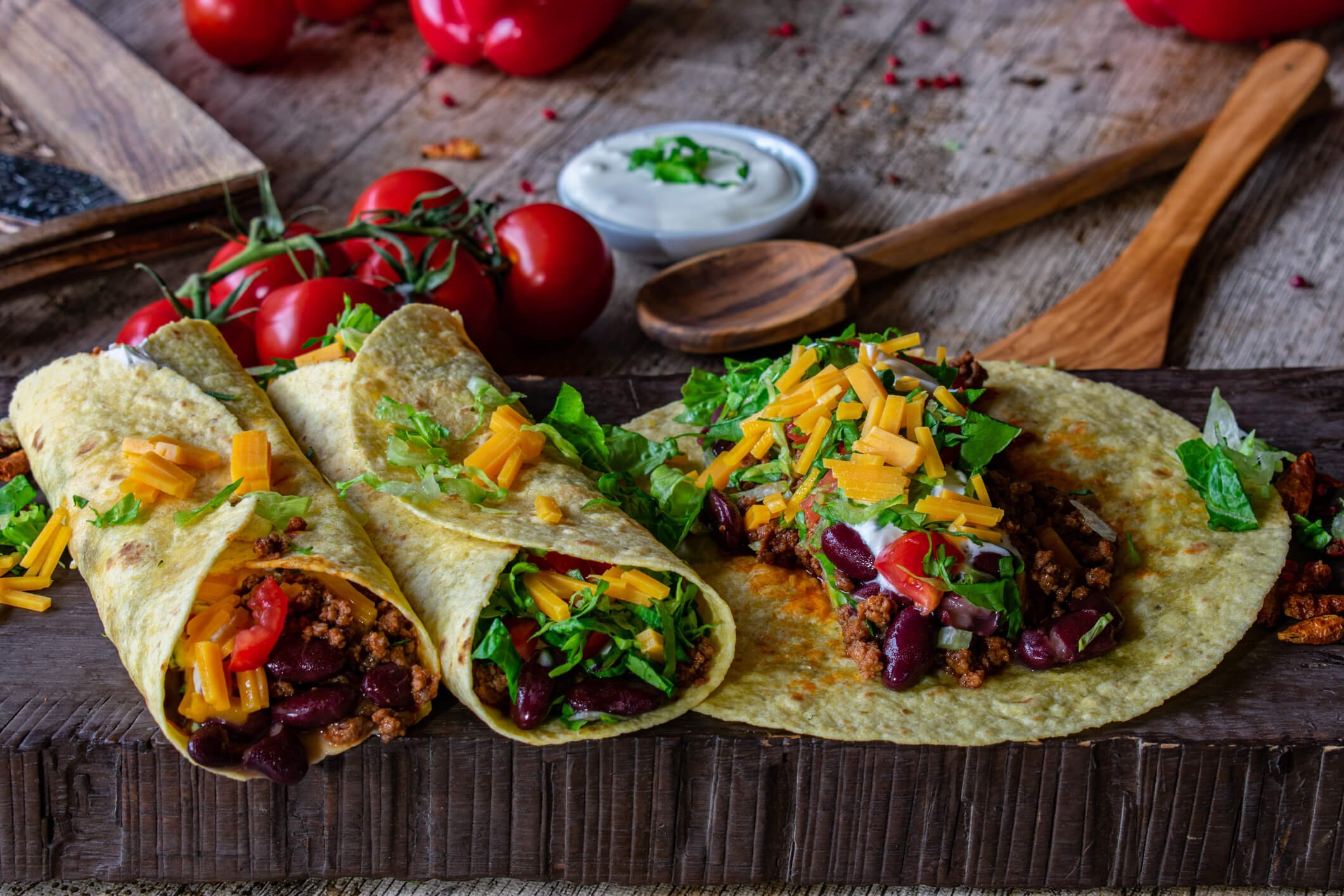What is Tex-Mex: Unraveling the Fusion Cuisine's Origins and Popularity
Discover > Truly Texan > What is Tex-Mex: Unraveling the Fusion Cuisine's Origins and Popularity
What is Tex-Mex? Tex-Mex cuisine, born from the blending of American and Mexican culinary traditions in the border states, is now a beloved culinary fusion. With its heavy reliance on ingredients like cheese, meat, beans, and spices, it strikes a balance between comfort food and bold flavors.
This cuisine's evolution traces back to cultural exchanges between American settlers and Mexican recipes, introducing ingredients like processed cheese and canned tomatoes (how long does canned tomatoes last?), which gave Tex-Mex its distinctive taste. Today, Tex-Mex delights like nachos, fajitas, enchiladas, and chimichangas continue to showcase this flavorful crossroads of culinary history.
Tex-Mex food, often found in Mexican restaurants, has carved its niche in the culinary world. While it shares some similarities with authentic Mexican food, (What wine goes well with Mexican food?) Tex-Mex has its roots in the cultural melting pot of San Antonio, where traditional Mexican dishes met American influences to create a distinct and flavorful cuisine. Join us on a journey to unravel the history and popularity of Tex-Mex restaurants and their unique take on traditional Mexican dishes.
Tex-Mex Food Origin
The origins of Tex-Mex cuisine can be traced back to the fusion of Mexican and American culinary traditions. It is primarily a result of the blending of Mexican foods with local ingredients and cooking techniques, stemming from the state of Texas.
In the early 20th century, Mexican immigrants brought their food traditions to Texas, where they adapted them using local ingredients and American cooking methods. This fusion, known as Tex-Mex, was shaped by combining Mexican flavors with Texan staples like beef, cheddar cheese, and wheat flour (how long does flour last?). Iconic dishes like chili con carne, fajitas, and nachos emerged from this culinary exchange.
As time passed, Tex-Mex evolved with the creativity of chefs and restaurants, gaining global popularity. Today, Tex-Mex stands as a distinct cuisine that honors its Mexican-American heritage while offering a unique culinary experience.
Distinctive Features of Tex-Mex
Tex-Mex cuisine is a fusion of Mexican and American culinary traditions originating from Texas. It is characterized by its abundant use of cheese, meat, and spices. Some key ingredients and dishes set Tex-Mex apart from traditional Mexican fare:
Cheese
Tex-Mex dishes often contain large amounts of cheese, like cheddar and Monterey Jack. Queso, a staple Tex-Mex appetizer, consists of melted cheese and chili peppers.
Meat
Beef is more common in Tex-Mex cuisine compared to traditional Mexican food, which frequently uses chicken, pork, and seafood. Tex-Mex features dishes such as chili con carne and beef fajitas (What wine goes well with beef fajitas?).
Spices
Tex-Mex uses a combination of Mexican spices, such as cumin, oregano, and coriander, and American spices, like paprika and black pepper. This blend creates unique flavors found in signature Tex-Mex dishes.
Along with these ingredients, Tex-Mex cuisine also features several iconic dishes:
Nachos: Crispy corn tortilla chips (how long do tortilla chips last?) topped with cheese, jalapeños, and other accompaniments. Nachos were invented in the 1940s in Mexico near the Texas border, and have since become an iconic Tex-Mex dish.
Fajitas: Grilled strips of marinated beef or chicken, typically served with sautéed bell peppers, onions, and flour tortillas. Fajitas originated in Texas ranchlands and are now a common Tex-Mex offering.
Enchiladas: Rolled tortillas filled with meat, cheese, or beans, and covered with various rich sauces, like chili con carne. While enchiladas are also popular in traditional Mexican cuisine, Tex-Mex versions often use wheat tortillas (how long do wheat tortillas last?) with more cheese and meat.
The popularity of Tex-Mex cuisine has grown tremendously, not only in the United States but worldwide. This unique fusion of culinary traditions continues to captivate food lovers everywhere with its delicious flavors and hearty dishes.
Key Ingredients in Tex-Mex
Tex-Mex cuisine relies on key ingredients to deliver its bold, comforting flavors. Chiles, including jalapeños, serrano peppers, and chipotle peppers, add distinct flavor and heat. Cheese, often American varieties like cheddar and Monterey Jack, melts into toppings for dishes like nachos and tacos.
Meats like beef, chicken, and pork are commonly used, seasoned with cumin, chili powder, and paprika for smoky flavors. Beans, typically pinto or black, provide a hearty base, and rice (how long does rice last?) is seasoned and served with various dishes. Together, these elements create the diverse and appealing flavors of Tex-Mex cuisine, enjoyed by many across the United States and beyond.
Popular Tex-Mex Dishes
Tex-Mex cuisine is a fusion of Mexican and American culinary traditions, resulting in a wide array of delectable dishes that have captured the taste buds of millions. Here are some popular Tex-Mex dishes that are well-loved by food enthusiasts:
Fajitas
Fajitas are marinated and grilled strips of meat, typically beef or chicken, served with sautéed onions, bell peppers, and warm flour tortillas. This dish is perfect for sharing and customizable with various toppings such as sour cream, guacamole, and shredded cheese.
Quesadillas
Essentially a Mexican grilled cheese, quesadillas consist of flour tortillas filled with cheese and other ingredients such as cooked meat, beans, and vegetables. The filled corn tortillas (how long do corn tortillas last?) are folded in half and cooked on a griddle until the cheese is melted and the tortillas turn golden brown. They're often served with salsa, sour cream, or guacamole on the side.
Nachos
Created in Northern Mexico, this popular snack or appetizer features tortilla chips topped with melted cheese and a variety of other ingredients, such as jalapeño slices, beans, ground beef or shredded chicken, tomatoes, and green onions. Many establishments offer a wide array of toppings to cater to different preferences.
Enchiladas
These rolled-up, baked tortillas are filled with meat, cheese, or vegetables, and topped with a savory sauce. The most common sauces include red chili sauce, green chili sauce, and cheesy, creamy queso. Enchiladas are often garnished with a sprinkling of cheese, sliced avocado, and cilantro, providing a visually appealing and delicious meal.
Chili con Carne
Combining Mexican and Texan traditions, this hearty stew consists of ground or diced beef, tomatoes, chili peppers black beans (how long do black beans last?), and various spices. Chili con Carne is commonly served over rice or with cornbread on the side to soak up the richly flavored sauce.
Tex-Mex vs. Mexican Food
Similarities
Tex-Mex and Mexican cuisine share some common ingredients and flavors, mainly because Tex-Mex is a regional American adaptation of traditional Mexican food. Both styles of cooking rely heavily on staples such as:
Corn
Beans
Rice
Tomatoes
Chiles
Meats (beef, chicken, and pork)
Cheese
Each cuisine also features popular dishes like tacos, fajitas, burritos, and enchiladas. Furthermore, common spices such as cumin, oregano, and coriander are used in both cuisines.
Differences
Despite sharing some similarities, Tex-Mex and Mexican cuisine also have distinct differences. Key variations include:
Ingredients: While they have some overlap, Tex-Mex often uses more processed ingredients, such as yellow cheese, canned vegetables, and preparations like packaged tortilla chips. In contrast, authentic Mexican cuisine uses more traditional ingredients such as white cheese (queso fresco or queso blanco), fresh vegetables, and homemade tortillas.
Spices: Mexican cuisine typically uses a wide variety of chiles and spices, such as achiote, guajillo, and pasilla chiles, providing a depth and complexity of flavors. In comparison, Tex-Mex leans more towards a simpler spice profile, with a strong focus on cumin, chili powder, and garlic.
Sauces: Mole, a rich sauce made from various ingredients such as chocolate, spices, and chiles, is a signature element of Mexican cuisine. Tex-Mex, on the other hand, is known for its heavier use of tomato-based sauces, (What wine goes well with tomato-based sauces?) like enchilada sauce or queso.
Dishes: Some dishes are unique to Tex-Mex and not commonly found in traditional Mexican cooking. These include dishes such as chili con carne, nachos, chimichangas, and hard-shell tacos.
While Tex-Mex and Mexican cuisine share some common ingredients and dishes, differences in spices, sauces, and specific dishes set them apart.
Influence of Tex-Mex Cuisine Globally
Tex-Mex cuisine, a fusion of Texan and Mexican culinary traditions, has achieved worldwide recognition and popularity. Restaurants like Chili's, Taco Bell, and Chipotle have played a significant role in spreading Tex-Mex globally through their franchises.
This cuisine has also influenced the creation of new dishes worldwide, such as the British "chili con carne," Filipino "taco rice," and Indonesian "nachos," adapting Tex-Mex flavors to local food traditions. This culinary expansion has made Tex-Mex recipes more versatile and appealing to global tastes.
While Tex-Mex started regionally, it now enjoys global prominence, thanks to its adaptable ingredients and creative chefs. Popular food chains and innovative cooks continue to contribute to its enduring appeal across diverse cultures.
The Evolution of Tex-Mex Cuisine in the USA
Tex-Mex cuisine is a delicious fusion of Texan and Mexican culinary traditions, born when Mexican immigrants adapted their recipes to American ingredients in the early 20th century.
Over time, Tex-Mex evolved with influences from other American and international flavors, like processed cheese and spices such as cumin and chili powder. The 1960s and 1970s saw its national popularization through fast-food chains like Taco Bell, albeit with variations from traditional recipes.
Today, Tex-Mex embraces fresh, locally sourced ingredients and draws inspiration from street food and food trucks. Creative chefs continue to innovate, creating dishes that reflect the diverse culture of the United States. Despite its evolution, Tex-Mex remains a beloved and distinct culinary tradition in the country.












